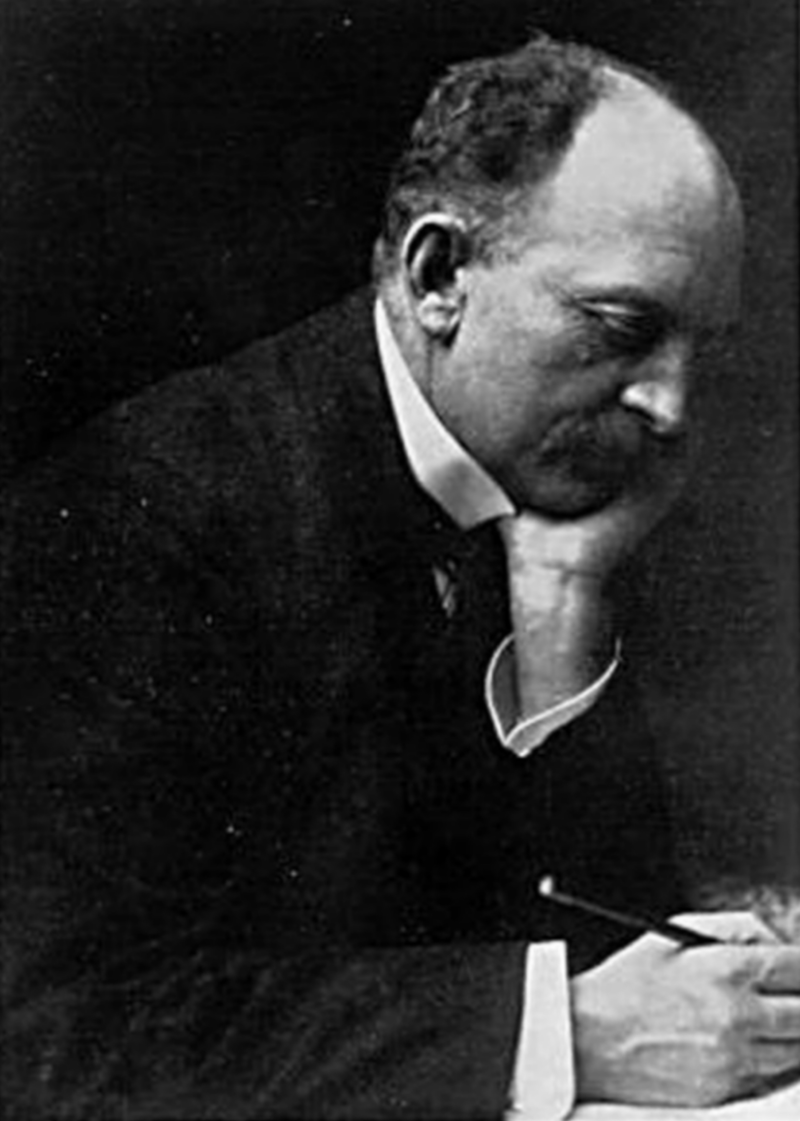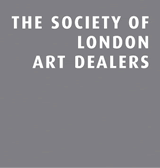Emil Nolde (1867 - 1956)
- AVAILABLE ARTWORKS FOR SALE
For more available works please contact us on stern@pissarro.com or +44 (0)20 7629 6662.

Emil Nolde was a German Expressionist painter, printmaker and watercolourist. Born near Nolde, a village in North Schleswig, he later changed his name to his hometown. Having studied at the School of Arts and Crafts in Karlsruhe in 1888, he taught drawing at the Museum of Industrial Arts in St Gall, Switzerland before returning to study at Friedrich Fehr’s private school in Munich in 1898, and the following year attended the Académie Julian in Paris. Following his first solo exhibition at the Galerie Ernst Arnold in Dresden in 1905, Nolde was invited to join the Die Brucke group of Expressionist artists by Karl Schmidt-Rottluff, which he took part of for a year. He was briefly associated with other artistic groups, exhibiting with Kandinsky’s group based in Munich, ‘Der Blaue Reiter’, and the Berlin Secession, which he left abruptly in 1910 after a disagreement with Max Liebermann about the latter’s rejection of Expressionist paintings.
Expressionism originated in Northern Europe, pioneered by Van Gogh and Munch, and was adopted in the early 1900s by German artists such as Nolde, Ernst Ludwig Kirchner and Max Pechstein. Nolde explored typically Expressionist subjects such as scenes from Berlin nightlife, landscapes, stormy seas, flowers and religious scenes. His studies of the metropolis reveal a social angst and fear of the modern, corrupt city of Berlin, while his landscapes of his homeland depict vast, brooding skies. To all these paintings he brought distinctive, brilliant colours and bold brushstrokes. Amongst the famously colour-loving Expressionists, Nolde stood out as the most adventurous in his expressive choice of colours. In many ways, colour was his primary concern, claiming, “I want my work to grow from the material, just as in nature the soil from which it grows determines the character of the plant.” He was one of the first painters of the early 20th century to explore colour, writing in 1942, “Every colour holds within it a soul, which makes me happy or repels me, and which acts as a stimulus. To a person who has no art in him, colours are just colours.”
Watercolours play a very important part of Nolde’s work and he had a unique approach to this medium in terms of both his technique and use of colour. Nolde approached colour in his watercolours in the same way, revitalising the medium in the process. His watercolours include seemingly unfinished landscapes, agitated storm scenes and bursting floral scenes, reflecting the inspiration he drew from Van Gogh.
Despite being held in high esteem in Germany, Nolde was declared by the Nazis a ‘degenerate’ artist and they removed his 1,052 works from all German museums in 1937. The same year, 33 of his paintings were featured in the Degenerate Art Exhibition in Munich, alongside works by Picasso and Klee. The exhibition was designed to mock these artists and brand their work as “primitive” and which “reveal an absence of adequate manual and artistic skill.” In 1941, the Nazis forbade Nolde to paint, but he continued in secret, calling these contraband watercolours his “unpainted pictures.”
After the Second World War, Nolde was once again honoured with the Pour le Mérite. His work has been exhibited at major museums worldwide, including the Heritage Museum in Saint Petersburg and the MoMA in New York. Nolde’s works are largely preserved by the Nolde Foundation in Seebüll. Today, Nolde is amongst the greatest German artists of the 20th century.
Read more
Expressionism originated in Northern Europe, pioneered by Van Gogh and Munch, and was adopted in the early 1900s by German artists such as Nolde, Ernst Ludwig Kirchner and Max Pechstein. Nolde explored typically Expressionist subjects such as scenes from Berlin nightlife, landscapes, stormy seas, flowers and religious scenes. His studies of the metropolis reveal a social angst and fear of the modern, corrupt city of Berlin, while his landscapes of his homeland depict vast, brooding skies. To all these paintings he brought distinctive, brilliant colours and bold brushstrokes. Amongst the famously colour-loving Expressionists, Nolde stood out as the most adventurous in his expressive choice of colours. In many ways, colour was his primary concern, claiming, “I want my work to grow from the material, just as in nature the soil from which it grows determines the character of the plant.” He was one of the first painters of the early 20th century to explore colour, writing in 1942, “Every colour holds within it a soul, which makes me happy or repels me, and which acts as a stimulus. To a person who has no art in him, colours are just colours.”
Watercolours play a very important part of Nolde’s work and he had a unique approach to this medium in terms of both his technique and use of colour. Nolde approached colour in his watercolours in the same way, revitalising the medium in the process. His watercolours include seemingly unfinished landscapes, agitated storm scenes and bursting floral scenes, reflecting the inspiration he drew from Van Gogh.
Despite being held in high esteem in Germany, Nolde was declared by the Nazis a ‘degenerate’ artist and they removed his 1,052 works from all German museums in 1937. The same year, 33 of his paintings were featured in the Degenerate Art Exhibition in Munich, alongside works by Picasso and Klee. The exhibition was designed to mock these artists and brand their work as “primitive” and which “reveal an absence of adequate manual and artistic skill.” In 1941, the Nazis forbade Nolde to paint, but he continued in secret, calling these contraband watercolours his “unpainted pictures.”
After the Second World War, Nolde was once again honoured with the Pour le Mérite. His work has been exhibited at major museums worldwide, including the Heritage Museum in Saint Petersburg and the MoMA in New York. Nolde’s works are largely preserved by the Nolde Foundation in Seebüll. Today, Nolde is amongst the greatest German artists of the 20th century.

